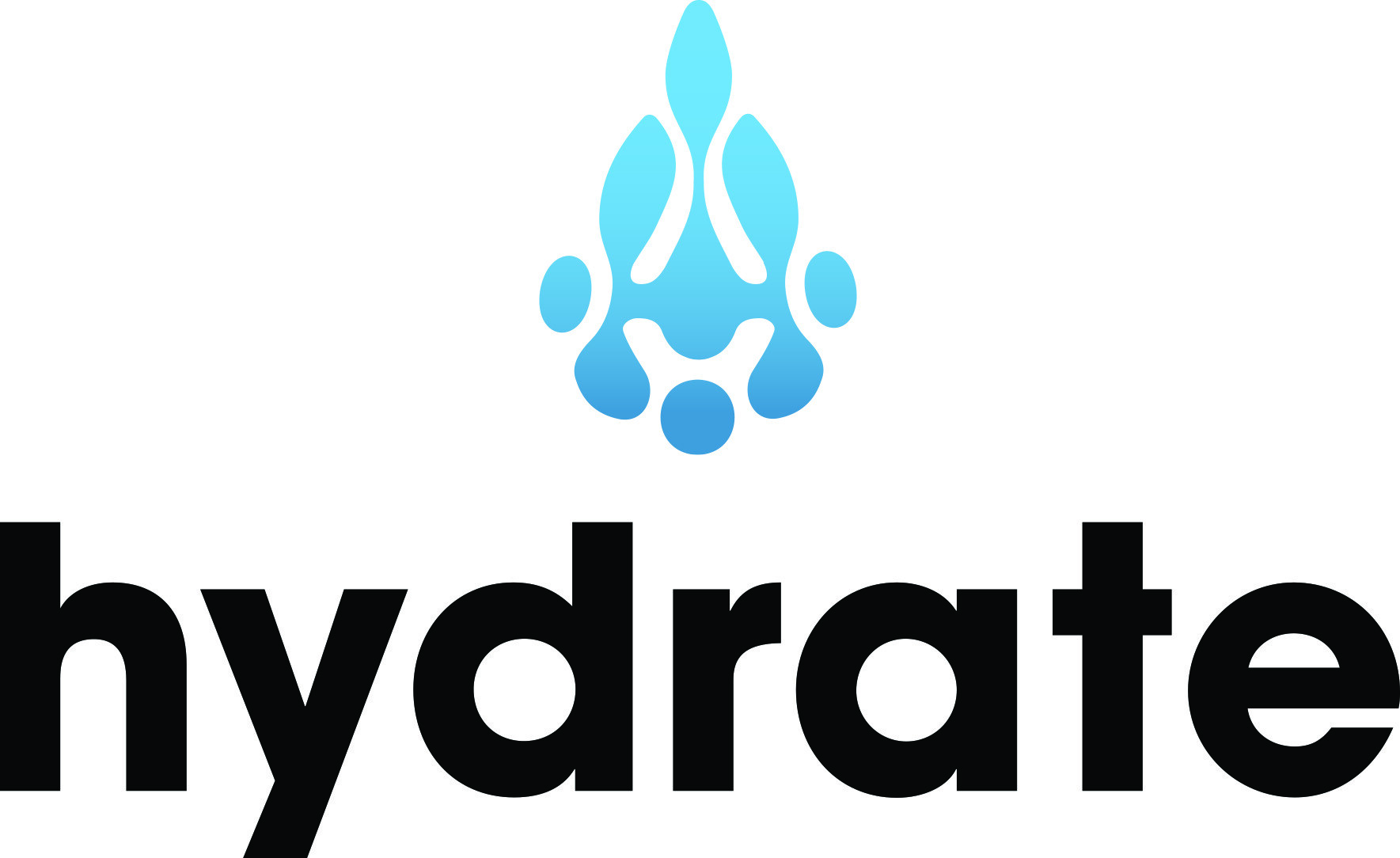If you’ve been using Google Analytics for years, you might have felt somewhat lost when Google Analytics 4 (GA4) replaced Universal Analytics (UA). While GA4 offers powerful new capabilities, it also has a learning curve. So, what’s changed, and how does it impact your ability to track and measure your marketing success? Let’s break it down.
Why Did Google Switch to GA4?
Google didn’t just update UA—it completely rebuilt it. The main reason? Privacy and adaptability. With third-party cookies being phased out and stricter data regulations taking hold, GA4 is designed to provide more meaningful insights without relying heavily on cookies. It also focuses on event-based rather than session-based tracking, giving marketers a clearer picture of user behavior across devices and platforms.
Learn more about the phase-out of third-party cookies here.
How Does GA4 Track Users Differently?
One of the most significant shifts in GA4 is how it tracks users. UA relied on session-based tracking, grouping user interactions within a set timeframe. GA4, on the other hand, is event-based, meaning every interaction—clicks, video views, downloads, and form submissions—is treated as a separate event. This change allows for more granular data collection, making user journeys and interactions easier to understand. Another way to say that is that the insights will be better at driving marketing strategy and gauging whether we’re bringing in our target audience, not just random visitors.
What Metrics Have Changed in GA4?
If you are familiar with metrics like Bounce Rate, Average Session Duration, and Pageviews, you may notice some key differences in GA4. Instead of Bounce Rate, for example, GA4 introduced “Engaged Sessions,” which measures meaningful interactions (such as a user staying on a page for 10 seconds or completing an event). Pageviews are still available, but GA4 encourages a more holistic view by focusing on engagement metrics rather than just raw traffic numbers. Again, those events and engagement metrics we’re tracking are clicks, downloads, video views, form submissions, etc.
For a comprehensive comparison between UA and GA4, click here.
Can GA4 Still Help You Understand Your Audience?
Absolutely—just in a different way. While UA provided structured reports on demographics and interests, GA4 leans more on AI-driven insights and predictive metrics. It can help forecast user behavior, such as the likelihood of a user making a purchase/download, or returning to your site. This means marketers must embrace a more analytical approach to uncover audience trends.
GA4’s AI-driven insights go beyond traditional reporting by automatically identifying patterns and anomalies in user behavior. By leveraging machine learning, GA4 can provide predictive analytics, such as churn probability, revenue forecasts, and purchase likelihood. This enables us to refine our targeting strategies and allocate resources more effectively. Also, GA4’s AI capabilities can help identify high-value customer segments, allowing businesses to tailor content and ad strategies to resonate with the right audience at the right time (music to our ears!). By embracing these AI-driven insights, we can make more informed decisions, optimize campaigns, and drive higher engagement and conversions.
How Do You Set Up GA4 for the Best Insights?
If you haven’t already migrated, setting up GA4 properly is crucial. Here are a few steps to ensure you’re getting the most out of your analytics:
- Define key conversion events (e.g., purchases, form fills, downloads).
- Customize reports to align with your marketing objectives.
- Use Google Tag Manager to track events more efficiently.
- Leverage predictive metrics to refine your audience targeting.
Click here if you’d like to schedule a time to discuss setting up your G4 account. We’re happy to help!
What’s Next for Marketers Using GA4?
GA4 is just the beginning of Google’s shift toward AI-driven analytics and privacy-first tracking. As machine learning advances, expect GA4 to introduce even more predictive capabilities. The key to success? Embrace the change, experiment with the data, and continuously refine your strategy.
Need help making sense of your GA4 data? Let’s talk! Reach out to explore how we can help you optimize your analytics and make strategic marketing decisions.








